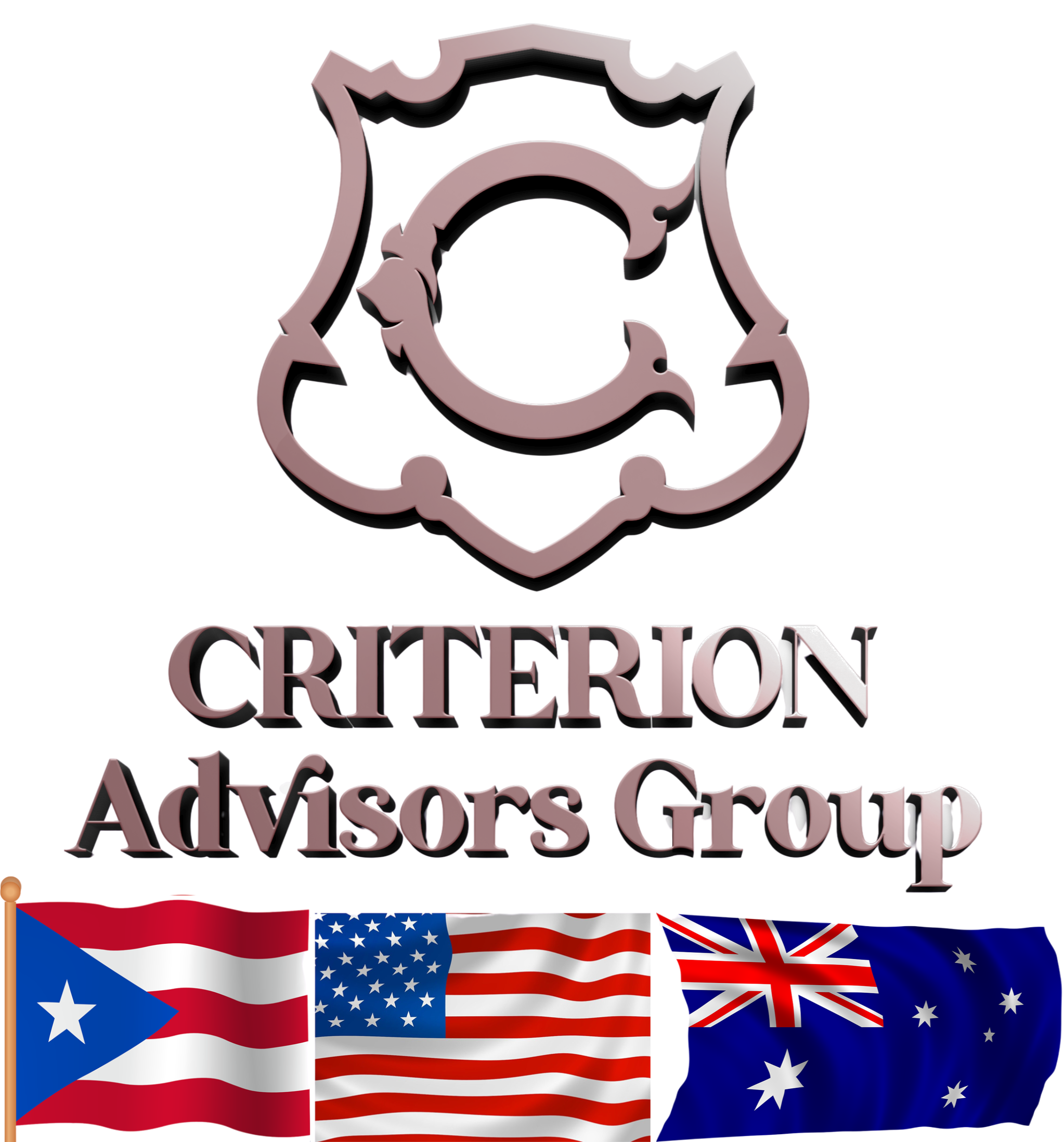Types of Charitable Remainder Unitrust
Withdrawals work differently depending on whether you choose a Standard CRUT, a NIMCRUT, or a Flip CRUT. So, what are their key differences?
1. Standard CRUT
There are two types of Standard CRUTs. The first is a Unitrust, which allows you to receive a predetermined percentage of the trust’s assets each year. This means that at the outset of the trust, you will establish the rate, but the actual distributions you receive will vary annually based on the current value of the trust’s assets. The second type of Standard CRUT is the Annuity Trust, which operates similarly to the Unitrust but with a key distinction: you set a fixed dollar amount that you wish to receive each year. Consequently, the value of the underlying assets does not influence your annual payment. For individuals who appreciate having a reliable and steady income flow, Standard CRUTs can be an appealing option, even if it means accepting lower returns in exchange for predictability.
2. NIMCRUT
With a NIMCRUT, you are entitled to receive the same percentage of trust assets annually as you would with a Standard CRUT, but you also have the flexibility to defer those distributions to future years. This type of trust distributes the lesser of the trust’s realized income or the percentage of the trust assets that you are owed. In instances where the realized income is below the distribution percentage, any shortfall can be carried over to subsequent years. This feature allows you to exercise control over your annual distributions by influencing the amount of income your trust generates each year. Although NIMCRUTs are associated with the potential for higher returns, they are limited to distributing only realized gains, which can pose challenges during market downturns. Therefore, a NIMCRUT may be particularly suitable for individuals who are focused on maximizing total returns, are willing to establish their CRUT for a longer duration, and can withstand periods of underperformance.
3. Flip CRUTs
Flip CRUTs operate by transitioning from a NIMCRUT structure to a Standard CRUT structure upon the occurrence of a predetermined event, such as the sale of a non-marketable asset or the passage of a specific number of years. These trusts are particularly useful for individuals seeking consistent distributions while holding non-liquid assets that are not readily convertible to cash for an extended period. In a Standard CRUT, the trust might be compelled to liquidate or distribute non-liquid assets to meet its distribution requirements. Flip CRUTs cater to those who prefer to delay distributions for a period, after which they can benefit from the reliable, consistent payouts offered by a Standard Charitable Remainder Unitrust. This structure is especially advantageous for individuals planning for a growth phase before transitioning to a time when retirement income will be necessary.
4. Lead Trust
A Charitable Remainder Lead Trust (CLT) is an irrevocable trust designed specifically to provide financial support to one or more charitable organizations over a defined period. During this timeframe, the charity receives payments, which can either be for a set term or for the duration of the trust’s existence. After this period, the remaining assets are allocated to family members or other designated beneficiaries. Essentially, a Lead Trust functions in opposition to a Charitable Remainder Trust (CRT), wherein the charity receives the remainder of the trust after income payments have been disbursed to beneficiaries. This structure creates a unique opportunity for individuals to support charitable causes while also planning for the financial future of their loved ones.
A charitable lead trust can be funded during the lifetime of the individual establishing the trust or through a will. This strategy is frequently employed by those with a strong inclination towards philanthropy for purposes related to estate or gift tax planning. It offers potential advantages, such as income tax deductions or estate and gift tax savings on assets that are ultimately passed on to the identified remainder beneficiaries. Additionally, this trust ensures that regular payments are distributed to benefit selected charities throughout the duration of the trust. By balancing charitable contributions with personal financial planning, a Lead Trust can serve multiple objectives effectively.
